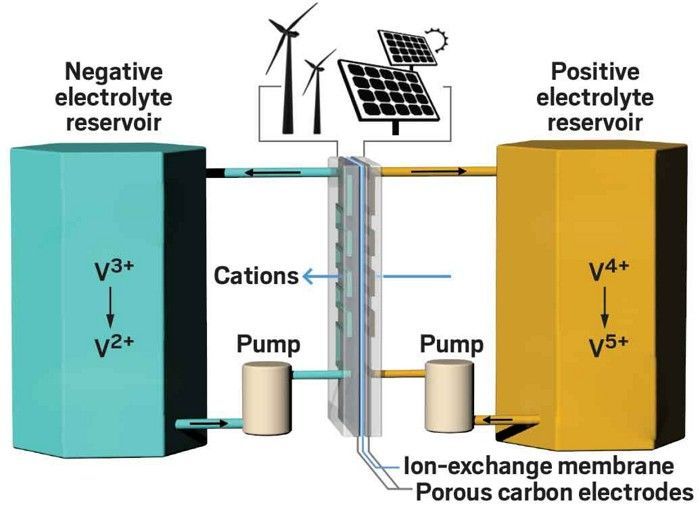When it comes to choosing electronic devices and appliances for your home, one of the key factors to consider is their energy efficiency rating. But what exactly do these ratings mean and how can they help you make informed decisions about your purchases? In this article, we will break down the basics of energy efficiency ratings and explain how you can use them to optimize your energy usage and save money in the long run.
What are Energy Efficiency Ratings?
Energy efficiency ratings are standardized measurements that indicate the energy consumption of a particular device or appliance. These ratings are typically displayed as a numerical value or a letter grade, with higher numbers or grades indicating greater energy efficiency. The purpose of these ratings is to help consumers compare the energy efficiency of different products and choose the ones that will consume less energy and save money on their electricity bills.
Understanding the Numbers and Grades
Energy efficiency ratings can be a bit confusing at first, but once you understand how they are calculated, it becomes much easier to interpret them. The most common types of energy efficiency ratings are Energy Star ratings and EER (Energy Efficiency Ratio) ratings.
Energy Star Ratings: Energy Star is a program developed by the U.S. Environmental Protection Agency (EPA) that certifies products meeting certain energy efficiency standards. Products with the Energy Star label are considered to be the most energy efficient in their category.
EER Ratings: EER ratings are calculated by dividing the cooling capacity of an air conditioner by its power consumption. The resulting number indicates how efficiently the air conditioner uses energy to cool a space.
Choosing Energy Efficient Products
When shopping for new devices or appliances, it’s important to pay attention to their energy efficiency ratings. By choosing products with higher ratings, you can reduce your energy consumption and lower your electricity bills. Here are some tips for selecting energy efficient products:
Look for the Energy Star label on products such as refrigerators, washing machines, and air conditioners.
Check the EER rating on air conditioners to ensure you are getting the most energy-efficient model.
Compare the energy efficiency ratings of different products in the same category to find the most efficient option.
Benefits of Energy Efficiency
Investing in energy efficient appliances and devices can have a number of benefits, both for your wallet and the environment. Here are a few reasons to prioritize energy efficiency in your home:
Lower electricity bills: Energy efficient products consume less energy, which can lead to significant savings on your monthly electricity bill.
Reduced environmental impact: By using less energy, you can help reduce greenhouse gas emissions and combat climate change.
Improved comfort: Energy efficient appliances and devices often perform better and more reliably than their less efficient counterparts.
Conclusion
Energy efficiency ratings are an important tool for consumers looking to make informed decisions about their purchases. By understanding these ratings and choosing energy efficient products, you can save money, reduce your environmental impact, and enjoy the benefits of a more comfortable and efficient home. So next time you’re in the market for a new electronic device or appliance, don’t forget to check the energy efficiency rating!


